Planting and harvesting veggies is a growing hobby and source of food. It’s rewarding to witness something we sowed or transplanted develop into maturity and then bring it home for dinner. Vegetable gardening is a great way to get exercise and eat healthily. Below, we learn the North Carolina vegetable planting calendar, spring, summer, winter, and fall garden planting schedules of NC, the best vegetables to grow in NC, the planting zones of NC, and other important NC home garden tips.

North carolina vegetable planting calendar (NC)
The growing season in North Carolina
The growing season in North Carolina can be anything from a few weeks to many months. The last frost dates, or the traditional beginning of the season, fall from March 1 to May 15. The first frost, which can happen anytime between September 1 and November 30, marks the end of the growing season.
What can I plant in February in NC?
Ordering seeds and planning for the next year is a terrific way to spend January. If you live in Piedmont or along the coast, you can plant hardy vegetables outdoors as early as February. Midway through the month of February is when you should put seeds in the ground for potatoes, garden peas, snow peas, and sugar snaps. Seeds for vegetables such as carrots, parsnips, lettuce, spinach, mustard greens, rutabaga, radishes, and turnips may be planted outdoors from the middle of February until the beginning of April.
Onions, cabbage, kale, broccoli, and collards are all excellent choices for transplants that can be planted now. These plants can be started from seed indoors by sowing the seeds in a cold frame without heating them in the months of January and February. March is the best time to start eggplant, pepper, and tomato seeds indoors.
What growing zone is North Carolina?
Except for the subtropical highlands of the Appalachians, the climate of most of North Carolina has a humid subtropical climate. North Carolina’s widespread mountain ranges mitigate the effects of Midwest storms and freezing weather. Midsummer highs often hover around 90 degrees, with winter lows averaging about 50. Because of the Atlantic Ocean and the Gulf Stream, coastal areas of the state get milder winters. In these coastal areas, winter temperatures rarely dip below freezing.
The state’s extreme weather can occur during the winter or summer months. Hurricanes and tropical storms can produce summer floods. Zones 5b-8a are suitable for growing in North Carolina. Gardeners can use growing zones, often called planting zones, to better choose plants, flowers, and vegetables suited to a certain area. A plant’s hardiness throughout winter is also based on its zone. The ideal time to plant is another consideration they aid with.
The earliest and latest frost dates for each planting zone in North Carolina serve as the basis for all planting decisions. It is essential to remember that while establishing a garden, you should only choose plants that are rated for a planting zone lower than the one in which you are planting in North Carolina. Plants designated hardy only to zones 1 through 5 should be used in zone 5b. This will ensure that plants are better able to withstand the harsh winters in the area. You can use an online planting zone map to determine which zone you are in.
In case you missed it: Alabama Vegetable Planting Calendar (AL): Month Wise, Fall, Winter, Spring, Summer, Zone 7, Zone 8, and Zone 9
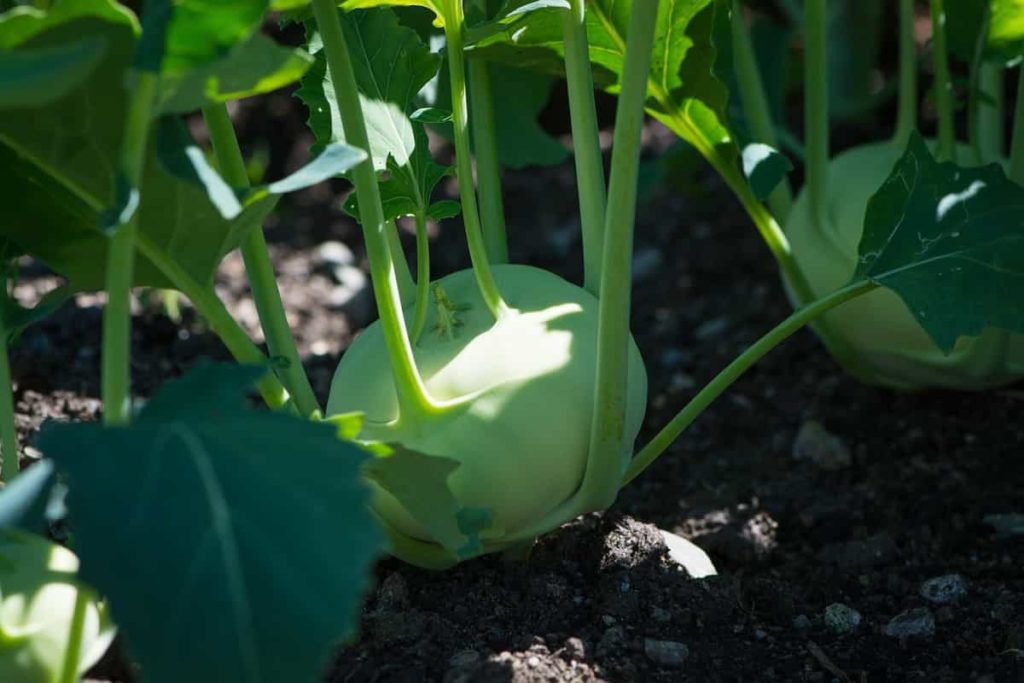
Many kinds of plants and flowers thrive in different parts of North Carolina. Following the hardiness zone guidelines is the most excellent chance to grow plants that will flourish. The options are many and of high quality. Easy-to-grow native plants include Carolina lupine, dwarf crested iris, wood anemone, swamp milkweed, and eastern blue star. Tomatoes, watermelons, cantaloupes, cucumbers, cabbage, pumpkins, and squash will all thrive throughout the state.
When should I plant tomatoes in NC?
In the summer, many gardeners choose to grow tomato seeds. If you want to plant tomatoes outdoors this summer, what is the ideal month to do it? Yes, April is the optimal planting month. It’s safe to grow tomatoes outside in the sun’s full heat between April and the middle of May when there is little chance of chilly days. They may not blossom on schedule if you wait too long to plant them. This can be problematic for the tomato if it blooms when the first frost is expected.
It’s important to note the earliest possible frost date this year. Planting potatoes will take 50–90 days for them to develop. The ideal time to harvest potatoes is before the first frost, which often happens in early November. Therefore, it is important not to delay planting. Outdoor tomato cultivation before the latest frost date can be risky. Most tomatoes wilt and perish when exposed to very cold temperatures. Moreover, planting after the soil has already been damaged might have negative results.
High temperatures in the summer can dry out the soil, which can have disastrous effects on your plants. Since pests like aphids are most active when it’s dry and hot, they provide a further challenge at this time. Tomatoes are a potential source of death if consumed by these pests. Tomato seeds should be planted 40-60 days before the last expected frost. Growing them inside where they can get just the right amount of heat on chilly days is optimal.
Typically in South Carolina, that day falls in February. The last frost date in Raleigh usually occurs between April 8 and 10. Because the final day of frost is often in April in Raleigh, NC, you should start your tomato seeds inside in February. Since Charlotte, Greensboro, Durham, and Winston-Salem all have the same latest frost date month, sowing seeds in any of these cities is without risk.
Tomatoes need 70–80 days to mature in Raleigh, North Carolina, but 75–85 days to mature after being transplanted there from another location. Tomatoes need at least 60 days and often up to 100 days to mature. But this isn’t always the case since environment and tomato type both have a role in determining the range of their growing days.
When can you plant spinach in NC?
Growing spinach at home is simple since it needs neither soil nor sunlight to flourish. Spinach thrives in full sun to light shade; it needs at least 3-4 hours of sunlight every day but benefits from some shade when it’s hot. Place seeds 1/2 to 1/4 inch deep and 2 to 3 inches apart. Direct sowing into the soil in early spring is optimal; however, starting seeds inside eight weeks before the first frost allows for a later transplant.
The warmest part of summer is passed, so plants can be planted inside early for autumn harvests or be directly seeded. Plant new seeds every week to two to lengthen the harvest time. Plants have a moderate frost tolerance and can hold temperatures of 20 degrees Fahrenheit. Planting spinach requires just one gallon of space and a depth of four to six inches.
It doesn’t matter how big the leaves are when you harvest them. When spinach plants are picked young, they will continue to develop new leaves, allowing for repeated harvests. The cold temperatures of spring and autumn are ideal for spinach cultivation. Plants “bolt” and put up flowering stalks in response to the longer days and higher summer temperatures; this process halts leaf development and makes the leaves bitter. Therefore it’s best to choose bolt-resistant varieties if you want to cultivate a spring crop in warm climes.
How late can I plant tomatoes in North Carolina?
It’s best to sow tomato seeds inside between February 14 and February 28 in North Carolina. The optimal time to buy transplant tomatoes from a garden shop or nursery and plant them in your North Carolina garden is between April 18 and May 9. You shouldn’t put out tomato transplants until far after the danger of frost in North Carolina.
Can you grow vegetables year-round in North Carolina?
You can plant at any time of the year in North Carolina. Buying seeds in January is a great way to set the tone for the next year. Surprisingly, the ideal time to plant resilient outdoor vegetables is in February. The first week of February through the first week of March is prime planting season for potatoes, garden peas, and their close relatives, snow peas, and sugar snaps. Between mid-February and early April, plant carrots, parsnips, lettuce, rutabaga, spinach, mustard, radishes, and turnips.
In case you missed it: Tomato Farming Guide for Beginners: Production Techniques, Process, and Steps
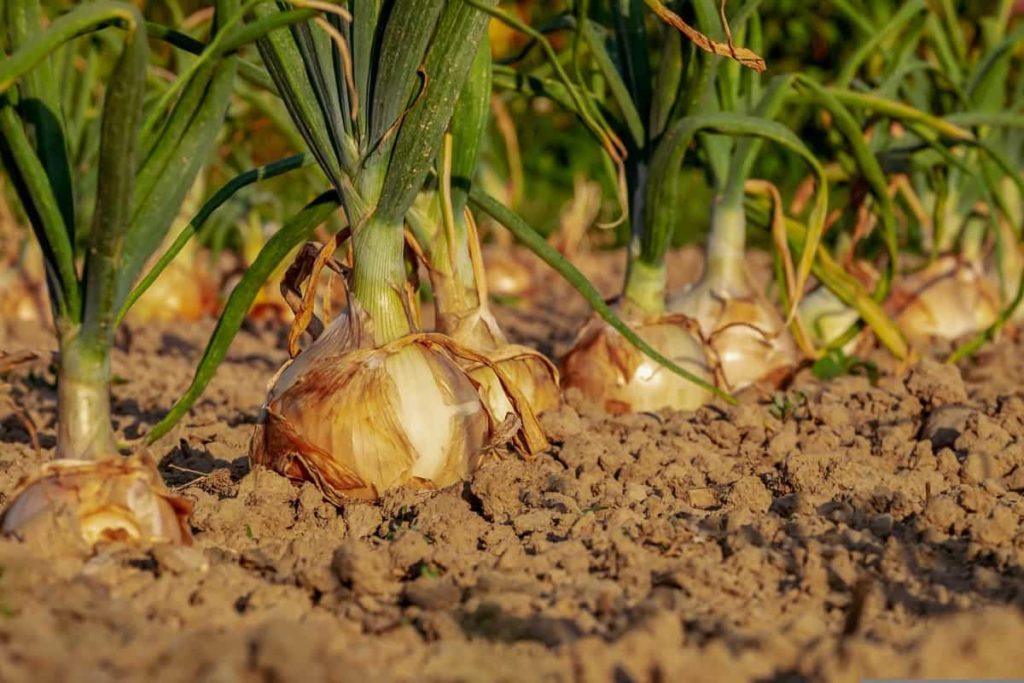
Planting time for onions, kale, broccoli, cabbage, and collard seeds outside is late February to mid-March. In January or February, sow seeds for transplanting in a cold frame that is not heated. Tomatoes, peppers, and eggplants can all be started inside in March to have transplants ready to put outside in the spring.
Generally speaking, warm-season crops like cucumbers, tomatoes, southern peas, and lima beans may be planted outside without risk of frost beyond the latest average frost date, which is normally April 15 for inland sites and March 30 along the coastal shore. Because they can tolerate cold, several summer crops may be sown early. Corn, pumpkins, zucchinis, and green beans are all examples of such vegetables.
These crops can be planted in the garden as early as the last week of March, but protection should be available in case of a late frost. Until the last chance of frost has gone, it is not recommended to plant other warm-season crops outside. Melons and okra, for example, can be started inside in late April and planted outside in the garden by the end of the month. Plants like peppers, eggplants, and sweet potatoes are grown from seed inside before being moved outside.
Pests and diseases have destroyed most tomatoes by the end of August, and the same is true of maize, cucumbers, and squash. Leave your self-pity behind and start fresh. Start your fall garden from seed in late summer. Plant summer squash, swiss chard, kohlrabi, zucchini, cucumbers, leeks, green beans, turnips, carrots, beets, rutabaga, parsnip, and cucumber seeds between mid-August and mid-September.
Tomato seedlings can be planted now, which will bear fruit in the fall. Seeds of cruciferous vegetables such broccoli, collards, cabbage, lettuce, cauliflower, kale, and spinach should be planted in the middle of August. Then, plant them yourself in September or purchase transplants in your garden. In the fall, you can put spinach and lettuce seeds straight in the soil. In October, the weather is perfect for planting bulbs of garlic and seeds of onions outdoors.
Both a late-spring and a late-summer crop are expected this year. Cucumbers, tomatoes, and squash sown late in the season will keep producing until frost kills them. Peppers and eggplant will remain to produce until the first frost, which frequently comes in early November. Cabbage, collards, and kale should keep producing throughout December. Grow cooler-season plants like spinach, broccoli, lettuce, and cauliflower for much longer by covering them with cold frames or cultivating them in an insulated tunnel house.
What are the best vegetables to grow in NC?
Have you ever given any attention to the vegetables grown in North Carolina? If you’re looking for farmers who are experts in growing veggies, go no further than North Carolina. North Carolina is in the top 10 states for cultivating eight different types of vegetables. Examples include vegetables such as tomatoes, cucumbers, pumpkins, cabbage, watermelons, squash, cantaloupes, and sweet potatoes.
Is North Carolina good for gardening?
Growing anything practically in North Carolina is possible with proper planning and planting. It’s ideal for planting greens and roots like lettuce, spinach, and radishes in the fall and spring when the days are shorter and the growing season is shorter. Produce food like tomatoes, eggplant, and squash by tending to plants that require the long summer to mature, blossom, and bear fruit. Tomatoes are the biggest issue because they are so susceptible to pests and diseases.
In contrast, shorter-season crops like lettuce, radishes, and other leafy greens are less likely to be damaged. Tomatoes have strict requirements for their cultivation in NC. They have to withstand high temperatures in the Piedmont and Coastal Plain, while cooler climates in the Mountains are OK. The next step is to learn which species do well in your area. Talk to the local gardeners or the extension agent in your area if you want to know how to produce veggies where you live.
In case you missed it: How to Start Dragon Fruit Farming/Pitaya in Thailand: A Step-by-Step Guide for Beginners
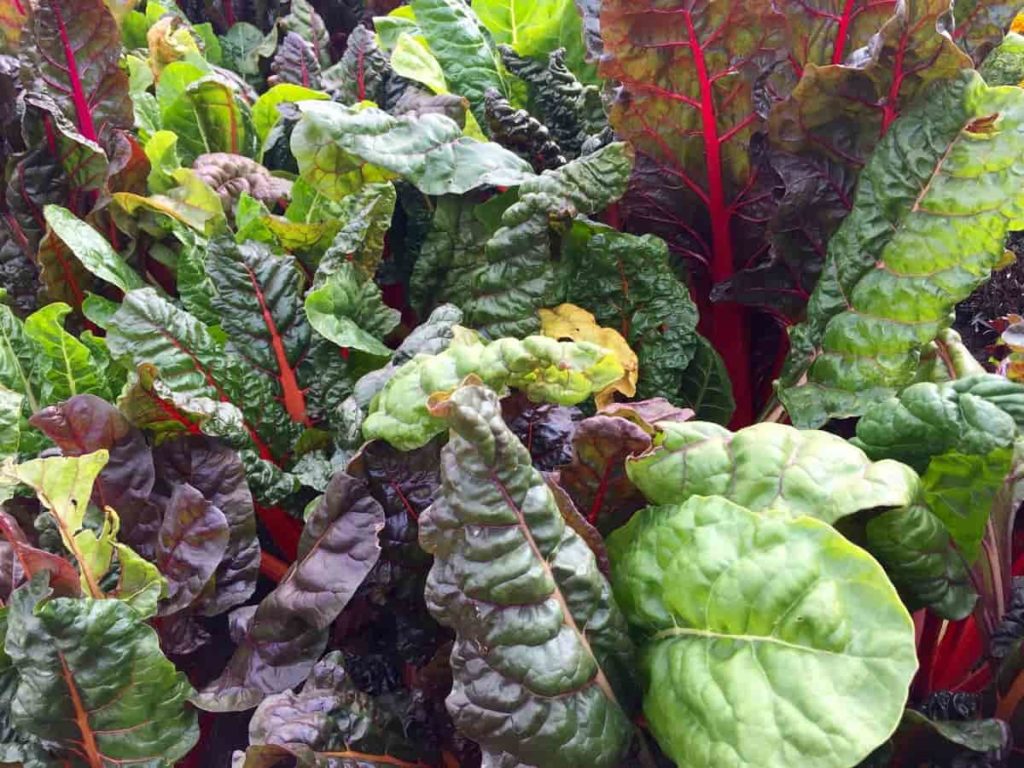
What vegetable can I plant now in NC?
Spring planting in NC state
Ordering seeds and planning for the next year is a terrific way to spend January. Hardy outdoor crop planting begins in February. From February through March, plant potatoes, garden peas, snow peas, and sugar snaps. From the middle of February through the beginning of April, you can plant seeds in your garden for things like carrots, parsnips, lettuce, spinach, mustard, rutabaga, radishes, and turnips.
Onions, cabbage, kale, broccoli, and collards can all be planted from the end of February to the middle of March. Transplants of these plants can be started inside in a cold frame without heating in January and February. March is the best time to start eggplant, pepper, and tomato seeds indoors.
Summer planting in NC state
After the latest average frost date—April 15 for inland locations and March 30 near the coastal coast—warm-season crops such as tomatoes, cucumbers, southern peas, and lima beans can be planted outdoors without fear of frost. Some summer crops can be planted earlier since they can withstand frost.
Vegetables such as green beans, sweet corn, squash, and zucchini are examples. Late March is an excellent time to plant these vegetables outside, but be ready to cover them if frost is expected. Other warm-season crops cannot be grown outdoors until the danger of frost has passed. Peanuts are planted in the garden in late April, along with peppers, eggplants, and sweet potatoes. Melons can be planted either as transplants or from seed.
Fall gardening in NC state
By August, most tomato plants have been destroyed by pests and diseases; maize is over for the year; cucumbers and squash have also succumbed. Don’t beat yourself up; just keep trying. The best time to plant seeds for a fall garden is late in the summer. Green beans, kohlrabi, leeks, rutabaga, parsnip, turnips, carrots, beets, swiss chard, squash, zucchini, and cucumber seeds are best planted in the middle of August and September.
Tomato transplants may also be planted, which will bear fruit in the fall. Midway through August is when you should sow seeds for cruciferous vegetables; by September, you may transfer your seedlings or newly acquired plants outside.
Winter gardening in NC state
Garlic cloves and onion seeds planted in the garden in October will mature into delicious garlicky bulbs and sweet, oniony onions, respectively. They will both continue to develop during the winter, culminating in a late spring harvest. Cucumbers, squash, and tomatoes planted late in the summer, together with any lingering peppers and eggplant, will continue to produce until frost, which often happens in early November.
In case you missed it: Oklahoma Vegetable Planting Calendar (OK): Month Wise for Fall, Spring, Summer, Winter, Zone 6, Zone 7, and Zone 8
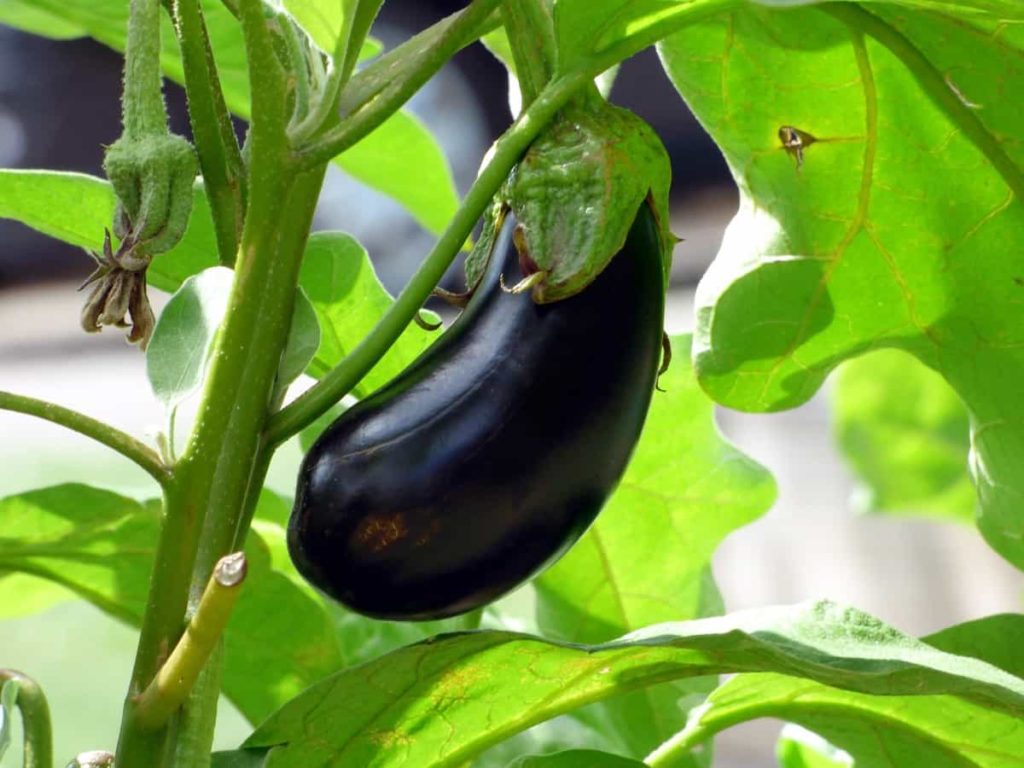
Hardy vegetables like collards, kale, and cabbage will continue to provide fruit until December. Covering your plants with cold frames or cultivating them in an unheated tunnel house will prolong the growing season for delicate chilly crops like lettuce, spinach, broccoli, and cauliflower.
North Carolina vegetable planting calendar
| Vegetables | Zone 5 | Zone 6 | Zone 7 | Zone 8 |
| Beans | Mid May to Sep | May to mid-Oct | Apr to mid-Oct | Mid Mar to mid-Oct |
| Beets | Apr to June, mid-July to mid Oct | Mid Mar to June, mid-July to mid-Oct | Mar to May, Aug to Oct | Mid Feb to mid-May, mid-Aug to mid-Nov |
| Broccoli | Mid Mar to June, July to Oct | Mar to mid-June, mid-July to Oct | Mid Feb to May, Aug to mid Nov | Feb to mid-May, Aug to Nov |
| Brussel Sprouts | Apr to Oct | May to Oct | Mid Apr to mid-Sep | Apr to Aug |
| Cabbage | Mid Apr to Oct | May to Oct | Mar to mid-June, mid-July to Oct | Mid Feb to May, Aug to mid-Nov |
| Carrots | Apr to Jun, Aug to mid-Oct | Apr to June, Aug to Oct | Mar to mid-June, Aug to Oct | Mid Feb to May, mid-Aug to mid-Nov |
| Cauliflowers | Mid Apr to mid-Oct | Mar to mid-June | Mid Feb to May, Aug to mid-Nov | Feb to mid-May, mid-Aug to Nov |
| Corn | Mid-May to mid-Sep | May to Sep | May to Aug | Mid Apr to Aug |
| Cucumber | Mid-May to mid-Sep | May to Sep | May to Aug | Mid Apr to Aug |
| Kale | Apr to June, mid-July to Oct | Mid mar to mid Jun, Aug to mid Nov | Mar to May, Aug to mid Nov | Mid Feb to mid-May, mid Aug to mid Nov |
| Lettuce | Mid Apr to June, mid-July to mid-Oct | Mid Mar to mid-June, Aug to Oct | Mar to May, Aug to Oct | Mid Feb to May, mid-Aug to mid-Nov |
| Onions | Apr to Sep | Mid- Mar to Aug | Mar to Aug | Mid Feb to Aug |
| Peas | Apr to June, mid-July to mid-Oct | Mid Mar to May, Aug to Oct | Mid Feb to mid-May, mid-Aug to mid-Nov | Mid Feb to mid-May, Sep to mid-Nov |
| Peppers | Apr to Sep | Mid Mar to Sep | Mar to Sep | Mid Feb to mid-Sep |
| Spinach | Apr to June, mid-July to oct | Mar to June, mid-July to oct | Mar to June, Aug to mid-Nov | Mid Feb to May, Sep to Nov |
| Squash | Mid May to Sep | May to Sep | May to mid-Oct | Mid Apr to mid-Oct |
| Tomato | Apr to Sep | Mid Mar to Sep | Mar to Sep | Mid Feb to mid-Sep |
In case you missed it: How to Start Gardening at Home for Beginners: A Full Planting Guide for Flowers, Fruits, Herbs, and Vegetables
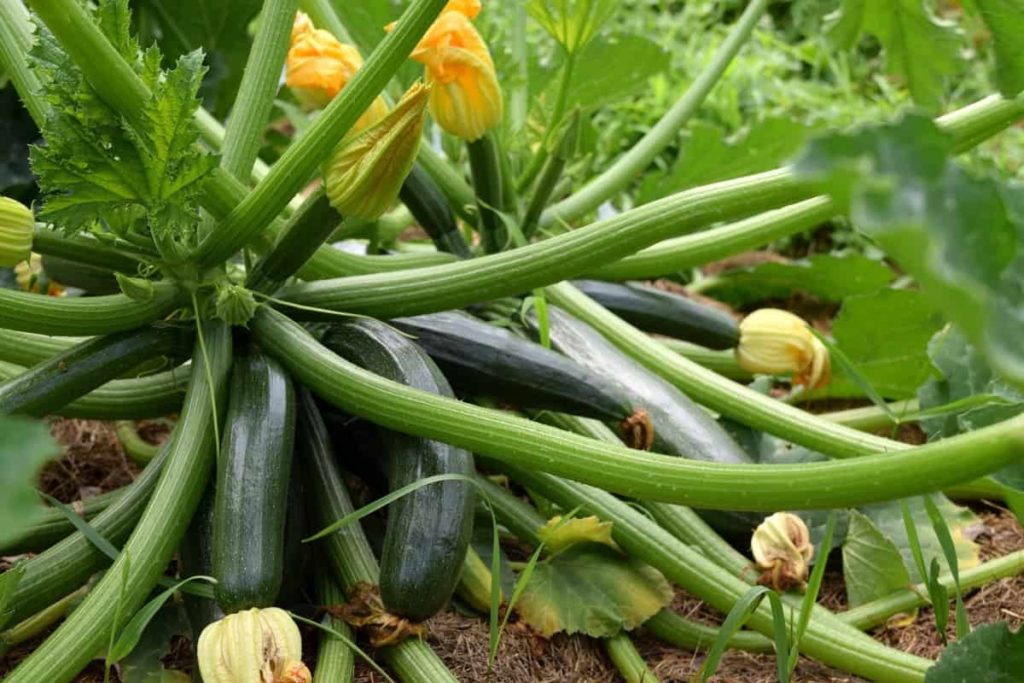
Conclusion
Picking and eating the “fruits of your work” from your vegetable garden is one of the most satisfying aspects of gardening. If anything seems edible, it most likely is. To get the most out of your garden, don’t be shy about eating all there is to eat. Grow your vegetables to enjoy the outdoors, save costs, and improve your diet.
Generally speaking, it’s a win-win situation for all. If you live in the following towns, cities, and counties of North Carolina (NC) of Zone 5, Zone 6, Zone 7, and Zone 8, in the United States, this article may help you understand the vegetable planting calendar, month-wise chart along with planting seasons.
| Charlotte | Waynesville |
| Raleigh | Asheboro |
| Asheville | Apex |
| Wilmington | Wake Forest |
| Greensboro | Mount Airy |
| Durham | Wrightsville Beach |
| Fayetteville | Morganton |
| Carolina Beach | Elizabeth City |
| Winston-Salem | Huntersville |
| Cary | Kernersville |
| Chapel Hill | Morehead City |
| Boone | Kinston |
| New Bern | Southport |
| Concord | Brevard |
| Rocky Mount | Morrisville |
| High Point | Edenton |
| Emerald Isle | Pinehurst |
| Mooresville | Lincolnton |
| Hendersonville | Fort Bragg |
| Gastonia | Kannapolis |
| Wilson | Atlantic Beach |
| Goldsboro | Mebane |
| Statesville | Blowing Rock |
| Lumberton | Fuquay-Varina |
| Nags Head | Kitty Hawk |
- How to Raise Pigs in Your Own Backyard: A Comprehensive Guide
- Budget Friendly Sheep Shed Ideas: Cheap and Low-Cost Tips
- How Much Do Cattle Farmers Make: Revenue Streams in Cattle Farming
- Management Pests and Diseases in Your Cotton Field
- Sheep Farming Business Plan for Beginners
- Aquaponic Farming at Home: A Step-By-Step Guide
- Profitable Village Farming Business Ideas in 2024
- High-Yield Aquaculture: Fast-Growing Fish for Farming
- Effective Fish Pond Construction Techniques for Beginners
- Irrigation and Water Management in Pineapple Farming
- Blossom to Harvest: Mastering Flowering and Pollination in Papaya Farming
- Pig Fattening Essentials: From Selection to Sale for Beginners
- Raising Wagyu Cattle: A Complete Guide for Premium Beef Production
- Soil Types and Their Water Holding Capacity
- Optimizing Irrigation Schedules for Coconut Groves for Enhanced Yield
- Espresso Your Garden: Coffee Grounds for Healthier Acid-Loving Plants
- The Best Soil Mix for Snake Plants: How to Mix Your Own Snake Plant Soil
- Green Thumb Success: Expert Tips for Cultivating Greenhouse Beans All Year Round
- Bloom All Year Round: The Ultimate Guide to Indoor Hyacinth Care
- Eco-Friendly Gardening: How to Make Liquid Fertilizer from Kitchen Waste
- Ultimate Guide to Grow Anise in Pots: Explore Seed Propagation to Harvesting
- Guide to Raising Chester White Pigs: Discover Breed Facts to Growth Management
- Mastering the Elegance: The Ultimate Guide to Weeping Cherry Tree Care, Planting, and Maintenance
- Ultimate Guide to Planting Garlic in Grow Bags: Growing Strategies for Beginners
- How to Fix Spider Plant Leaf-Related Problems: Natural and Organic Remedies
- 10 Reasons Why Your Tulsi Plant is Shedding Leaves: Home Remedies and Solutions
- Optimizing Growth and Yield: The Advantages of Palm Bunch Ash Fertilizer
- Utilizing Neem Oil Extract as a Natural Pesticide for Hydrangea
- From Soil to Harvest: Various Ways in Which Farmers Can Use AI Tools
- Steps to Encourage and Induce Citrus Flowers: A Comprehensive Guide
- How to Fix Snake Plant Leaf-Related Issues: Natural and Organic Remedies
- Transform Your Garden into a Fragrant Oasis with Raat Ki Rani (Night Blooming Jasmine)
- Discover the Ideal Chicken Breeds for Philippine Farms
- How to Create a Poultry Egg Farm Business Plan for Profits
- Grow Lemon Cucumbers Like a Pro: Insider Techniques for Bountiful Yields
- Ultimate Guide to Caring for Your Pink Princess Philodendron: Tips for Thriving Variegation
